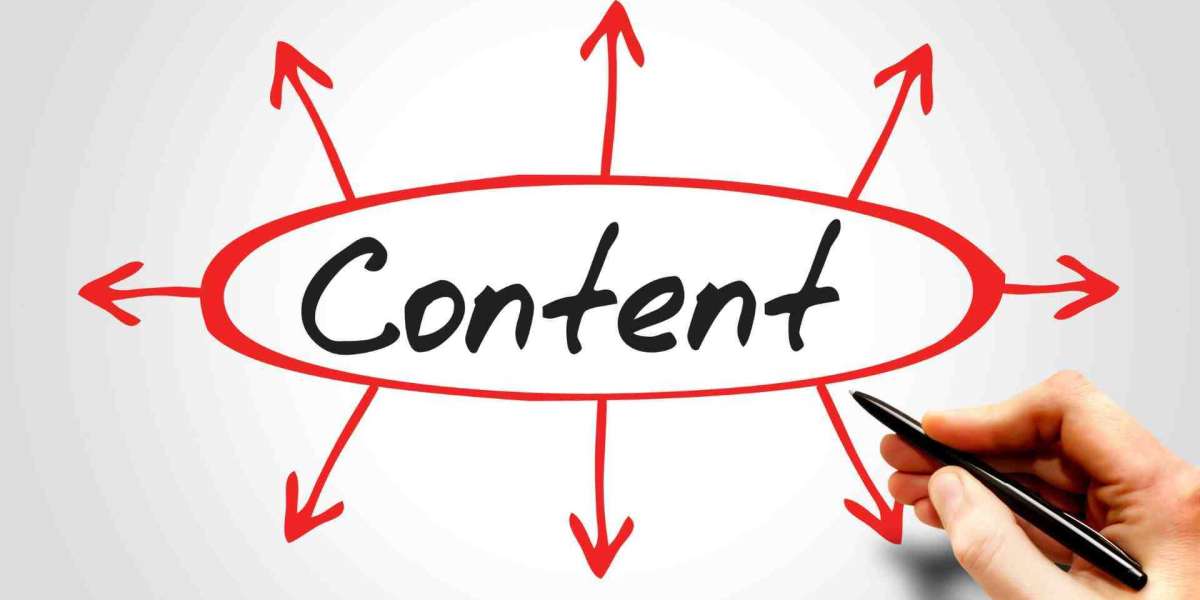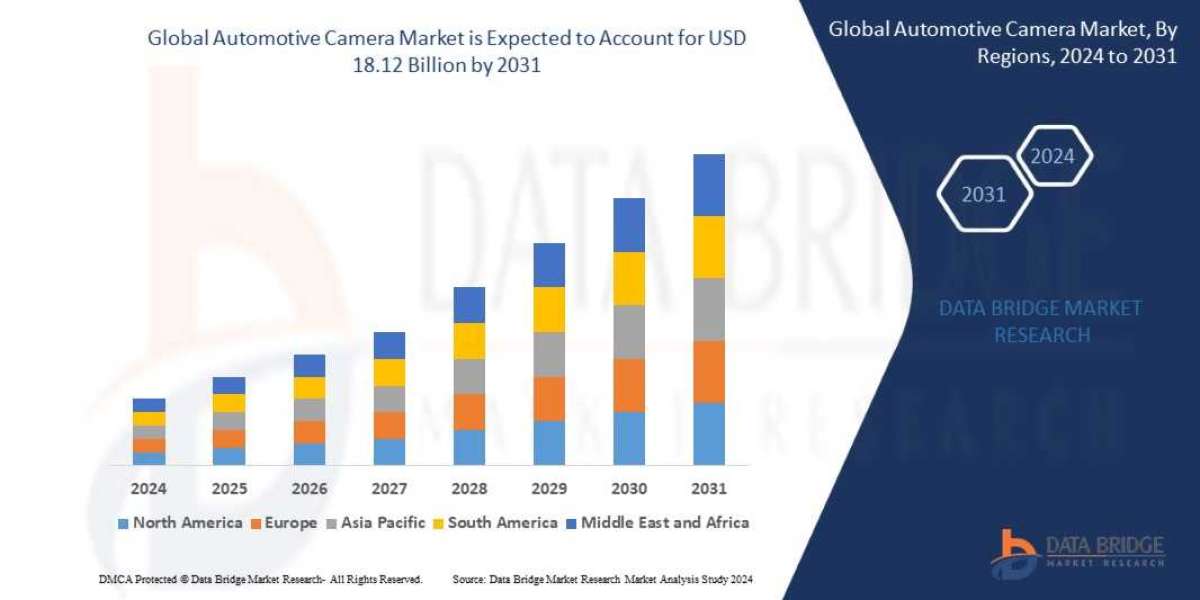Content creation is only half of the equation for growing your online presence. The other half is getting that content in front of the right people. A well-thought-out plan for content distribution can help with this. A good distribution strategy ensures your content reaches its target audience, builds engagement, and drives measurable results. But how do you develop an effective plan that works for you?
What is Content Distribution?
Content distribution is promoting and sharing your content with your audience. It's how you ensure your blog posts, videos, social media updates, or any other type of content gets in front of the right people. But creating great content is just the start. Without a strategy for getting it out there, all that hard work can go unnoticed.
Think about it: You might have written the most insightful article, but does it matter if no one reads it? That's why distribution is key.
Why You Need a Content Distribution Plan
The internet is flooded with content—millions of blog posts, social media updates, and videos are published daily. So, how can you stand out from the crowd? A well-thought-out content distribution plan helps you reach your audience effectively, increasing your chances of standing out and making an impact.
Even the best content can get lost in the noise without a distribution plan. But with the right approach, you can ensure the right people hear your message.
Understand Your Audience
Before you distribute your content, you need to know who you're speaking to. The cornerstone of every content distribution strategy is knowing your target audience.
Ask yourself:
- Who are they?
- Where do they spend their time online?
- What type of content do they engage with?
- What problems do they need to solve?
For example, if you're writing a blog post about time management for busy professionals, your audience might be working adults in industries that require strong organizational skills. Knowing this, you can distribute your content on platforms like LinkedIn or newsletters where busy professionals are likely to engage.
Choose the Right Channels
Not every platform is right for every type of content. To maximize your reach, you must select distribution channels matching your content and audience.
Here are a few standard options:
- Social Media: Although Twitter, Facebook, Instagram, and LinkedIn are excellent channels for sharing material, you should think about which site is most used by your target demographic.
- Email Marketing: This is one of the most effective ways to share content directly with your audience. Newsletters, drip campaigns, and personalized emails can help drive engagement.
- Guest Posting: Your readership can grow by writing guest posts for other websites in your niche. This method is also an excellent way to build backlinks.
- Paid Advertising: By targeting particular demographics using platforms like Google Ads or Facebook Ads, you can ensure the proper people see your content.
- Influencer Partnerships: Collaborating with influencers can amplify your message, especially if they have a strong following in your niche.
Real-Life Example:
When a marketing agency launched a new eBook on SEO strategies, they focused their distribution efforts on LinkedIn and industry-specific forums where professionals discuss marketing tactics. The result? Their eBook was downloaded hundreds of times in just a few days.
Create a Consistent Schedule

Consistency is key when it comes to content distribution. You don't just want to blast your content once and forget about it. You must establish a regular posting schedule to ensure your material is consistently shared and interacted with.
For example, you can write a blog every week, share related content on social media daily, and email once a month. By maintaining a constant timetable, you ensure that your content will continue to be presented and that your audience will continue to be interested.
Repurpose Your Content
One of the most innovative strategies for content distribution is repurposing. Take a single piece of content and adapt it for different formats. This saves time and extends the life of your content.
Here are some ideas for repurposing:
- Make a video or podcast out of a blog post you've written.
- Share an infographic summarizing key points from a webinar.
- Break down a long-form article into social media snippets.
- Create a series of email tips from a detailed guide.
Storytelling Example:
You wrote a comprehensive guide on building a personal brand. Instead of just posting the complete guide, you could:
- Share key insights as quick tips on Twitter.
- Create a YouTube video breaking down your process.
- Use parts of the guide in an Instagram carousel.
Repurposing your content ensures that you reach your audience through different channels and increase their chances of engaging.
Measure and Optimize

You're not done once your content is out there. You need to track performance and adjust your strategy accordingly to ensure your distribution plan is effective.
Look at key metrics such as:
- Traffic: How many people are visiting your website from your distribution channels?
- Engagement: Are people liking, sharing, or commenting on your content?
- Conversion: Is your content leading to sales, sign-ups, or other desired actions?
- Reach: How many people are seeing your content?
Regularly reviewing these metrics lets you tweak your strategy to focus on what's working and adjust what isn't. This ensures that your content distribution plan keeps getting better over time.
It is necessary to have a content distribution plan to guarantee that your efforts will be rewarded. To ensure your material reaches its full potential, you should identify your audience, select the appropriate channels, post consistently, and get results.
FAQs
1. What is content distribution?
Sharing your content across various channels to reach your intended audience and boost engagement is what we mean when discussing content distribution.
2. Why is a content distribution plan essential?
A plan ensures your content reaches the right people, increasing visibility and engagement, which leads to better results.
3. How do I choose the proper distribution channels?
Pay attention to the venues where your audience is most engaged, such as social media, email, or forums that are particularly relevant to your sector.
4. How often should I distribute content?
Consistency is key. Create a schedule to share weekly, bi-weekly, or monthly content regularly.
5. Can I repurpose my content?
Yes! Repurpose content into different formats (blogs, videos, posts) to reach more people and maximize impact.














